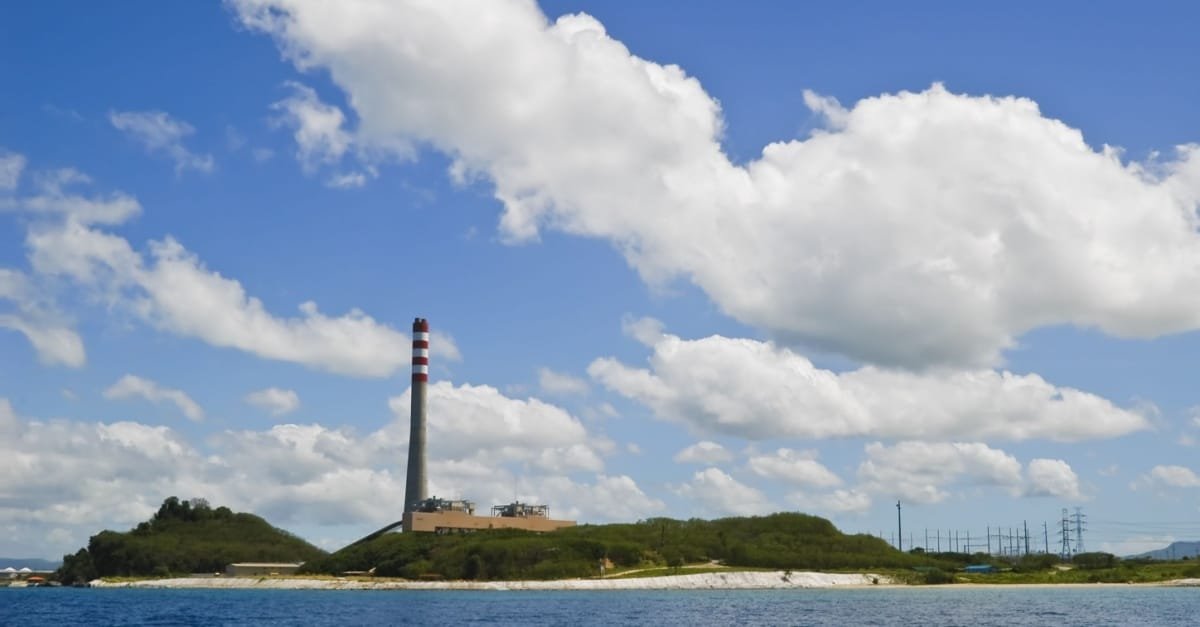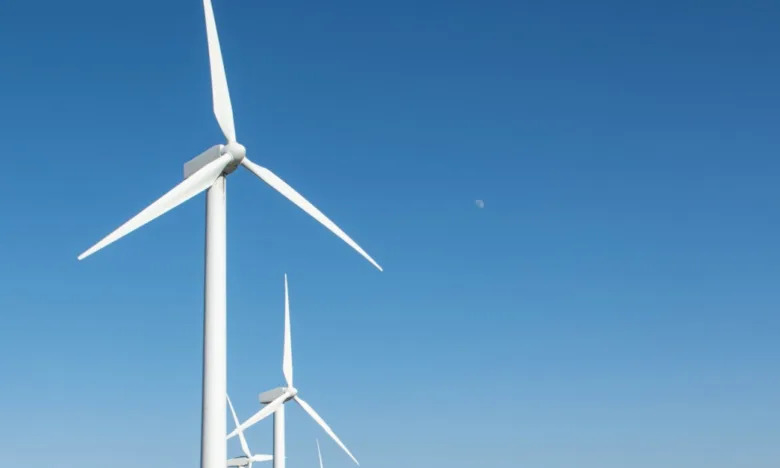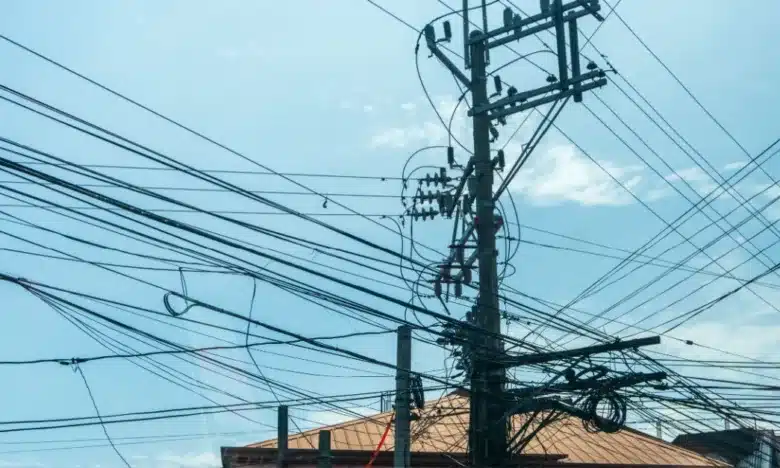
Coal Consumption and Demand Forecast in 2025
- January 20, 2025
Along with gas, coal is a key energy driver in the Philippines. According to the International Energy Agency (IEA), the country’s coal consumption is on a steady rise, increasing from 40 million tonnes (Mt) in 2023 to 42 Mt in 2024.
While coal plays a significant role in the Philippines’ energy mix, the country’s share of coal use in Southeast Asia remains relatively modest. In 2023, Indonesia led regional consumption with nearly half of the total (48%), followed by Vietnam at 21%. The Philippines ranked third at only 9%, with Malaysia close behind at 8%.
The Asian Development Bank (ADB) forecasts a 6.2% growth for the Philippine economy in 2025, a development expected to drive higher electricity consumption. While the country’s energy plan focuses on expanding renewable energy, these sources may struggle to meet the growing demand.
Bienvenido S. Oplas, Jr., president of Minimal Government Thinkers, warned that intermittent sources like wind and solar power cannot replace coal unless the country is willing to face widespread blackouts. In 2022, wind and solar generation combined accounted for only 2.6% of the country’s total electricity, while coal contributed 57.7%.
“Challenges to renewables, especially intermittent wind-solar, is that the Philippines is growing fast economically,” Mr. Oplas said. He emphasized that the country would need at least 7 to 8 terawatt-hours (TWh) of additional energy per year from 2024 to 2026 to keep up with rising demand. “Otherwise, we cannot grow (GDP) 6% or more yearly as we will have frequent rotational blackouts as demand keeps rising and supply is not catching up,” he warned.
InfraWatch PH public analyst Terry Ridon, pointed out that developing nations like the Philippines are not obligated to meet binding climate and renewable energy goals, unlike highly industrialized countries. He emphasized that, given the country’s current economic development and limited land for food production, “the nation cannot yet dispense with baseload technologies such as coal, oil, and gas, without incurring significant energy costs detrimental to the public.”
Meanwhile, the World Bank expects a 12% decrease in global coal prices in 2025, driven by a substantial supply that is anticipated to outpace global demand.
Sources:
https://iea.blob.core.windows.net/assets/a1ee7b75-d555-49b6-b580-17d64ccc8365/Coal2024.pdf



